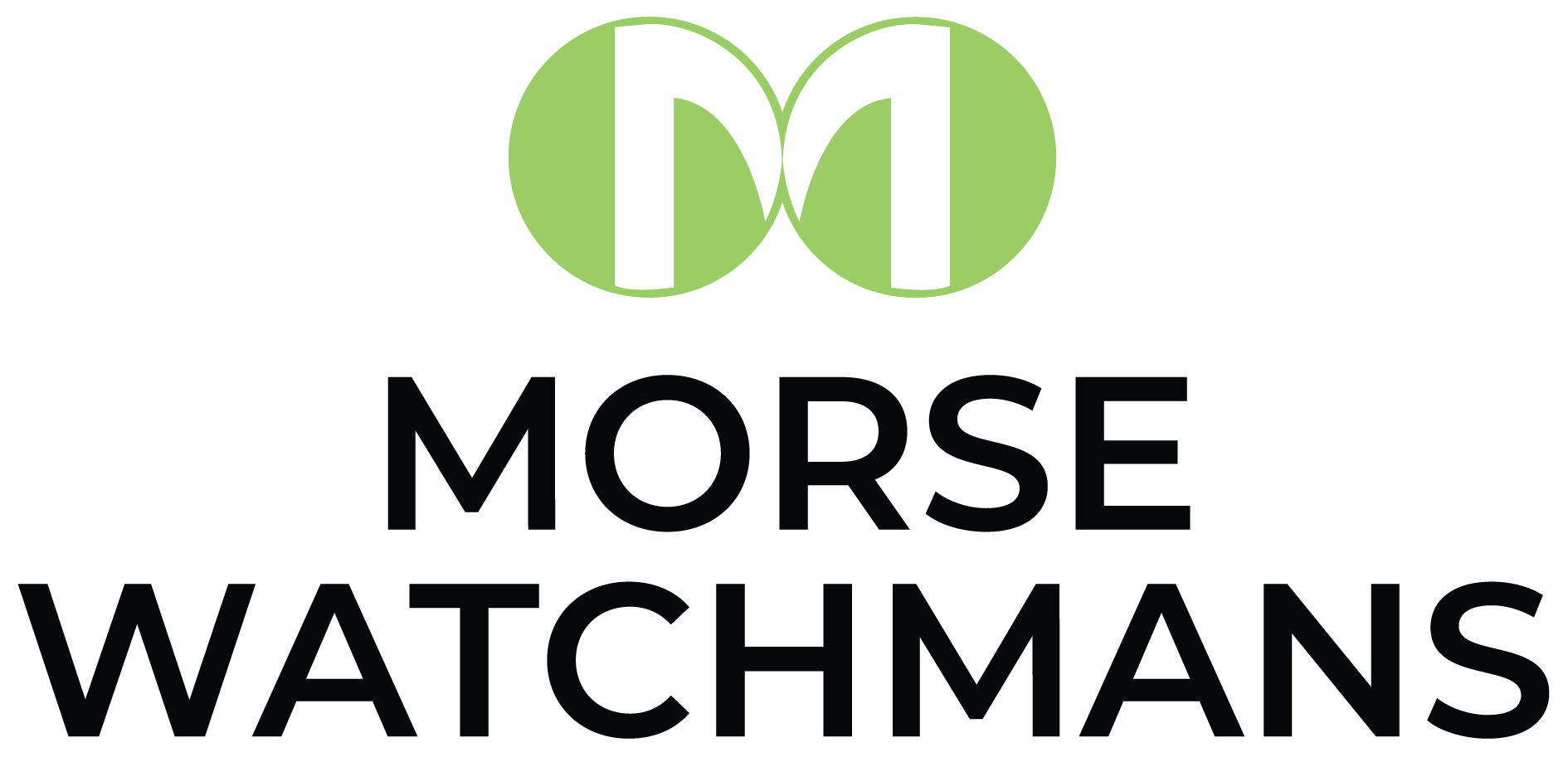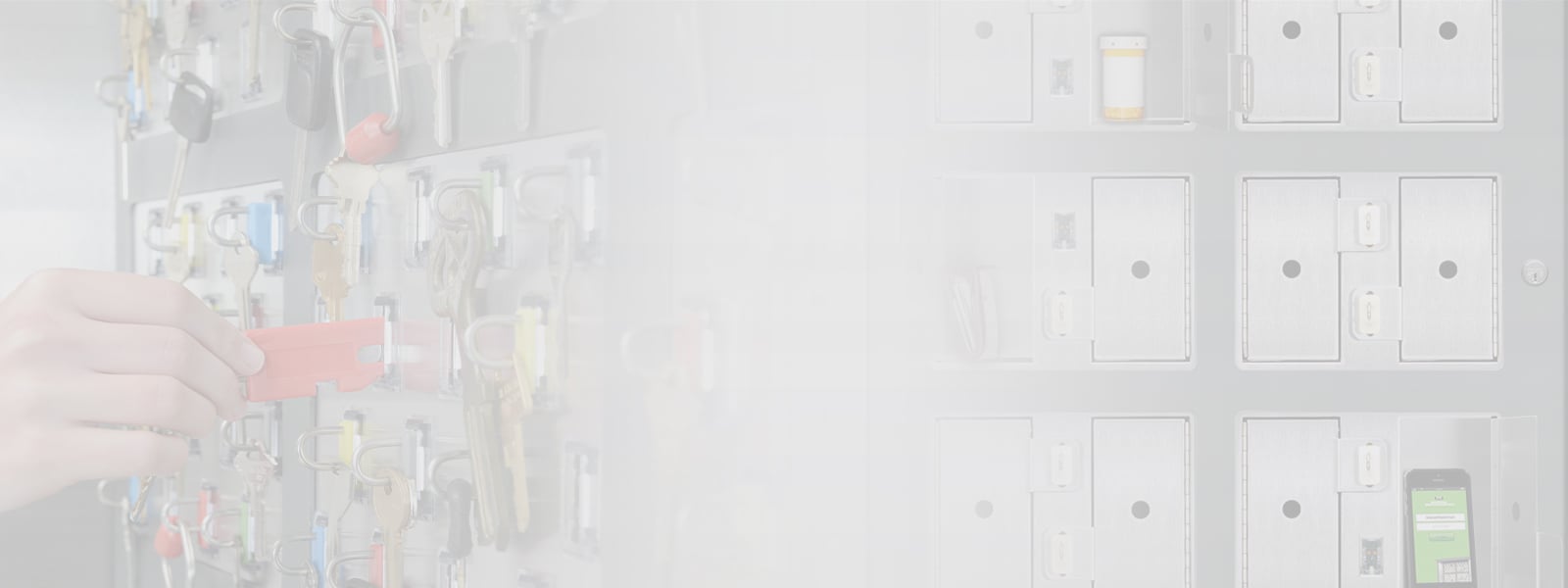
When it comes to the world of professional sports, there are very few leagues that don’t bring in a hefty yearly revenue. On average, NFL teams generate $286 million per year, while Major League Baseball franchises average $237 million per year.
Housed in very expensive major sports stadiums and venues that generate such high profits are high-ticket assets that help teams to be competitive, provide medical care for their players, ensure the safety and security of fans, personnel and the many vendors that visit the venue each day, in addition to collecting data on fan behavior and purchases to enhance the overall experience.
Thanks to advancements in Radio Frequency Identification technology, or RFID, there are better and more security strategies available to sport security managers than ever before to secure and store high-value items that are used on the field and off, in season and off season.
RFID is a powerful technology for tracking and identifying a wide range of items. It has traditionally been widely used in retail, electronic toll collection, throughout manufacturing supply chains and shipping lanes, and for access control card keys and time clock systems. RFID tags can be attached to clothing, boxes of goods for shipping, and similar physical items. Tags can be embedded within items such as employee identification badges and key fobs. They can even be implanted in pets to help return them to their owners if they become lost. They are simple and flexible to use, and their cost is modest.
Increasingly, sports teams and venues are employing RFID in many ways. As an example, on the field and in the coaching booth high above it, football coaching staff use laptops to strategize and to communicate plays and other information to team members. During and after a game, those laptops contain valuable and sensitive team and player information. An RFID-enabled asset management system is increasingly being used to secure those laptops each day.
In the training room and weight room, expensive equipment such as computers, in addition to medicine and other high-tech training devices, are used to help players achieve optimum health. With an RFID-enabled asset management system, the computers that contain confidential player health records, and medicine needs to safely stored to ensure that they are not stolen, misused or damaged.
An RFID-enabled asset management system can also be installed in a locker room for players to place their valuable items such as electronics, smartphones and other expensive personal items while they are on the field, meeting with coaches, training, or meeting with the media.
As sports stadiums seek to optimize the fan experience, food and beverage vendors are increasingly using smartphones and other electronic handheld devices to collect payment for items sold, in addition to fan buying behavior. After an event is over and the data is downloaded, RFID tags can be placed on those devices to ensure that they will be safe until the next game day.
There are many valuable items that are housed within a sports stadium or venue. While traditional methods to secure those items are still in use, RFID-enabled asset management can ensure they are secured safely. In addition, RFID asset management allows managers to control who has access to what items, when, and how long. An audit data can indicate which user last removed the item and when. Another key benefit of an asset management system is the reports that can be generated to help determine what assets are most used, at what time, and if there are any anomalies.
The game of professional sports is a high-stakes, yet fan-friendly experience. Having an RFID asset management system can allow sports security directors to focus on securing the physical safety and security of the stadium, the players, the fans and personnel with ease.




